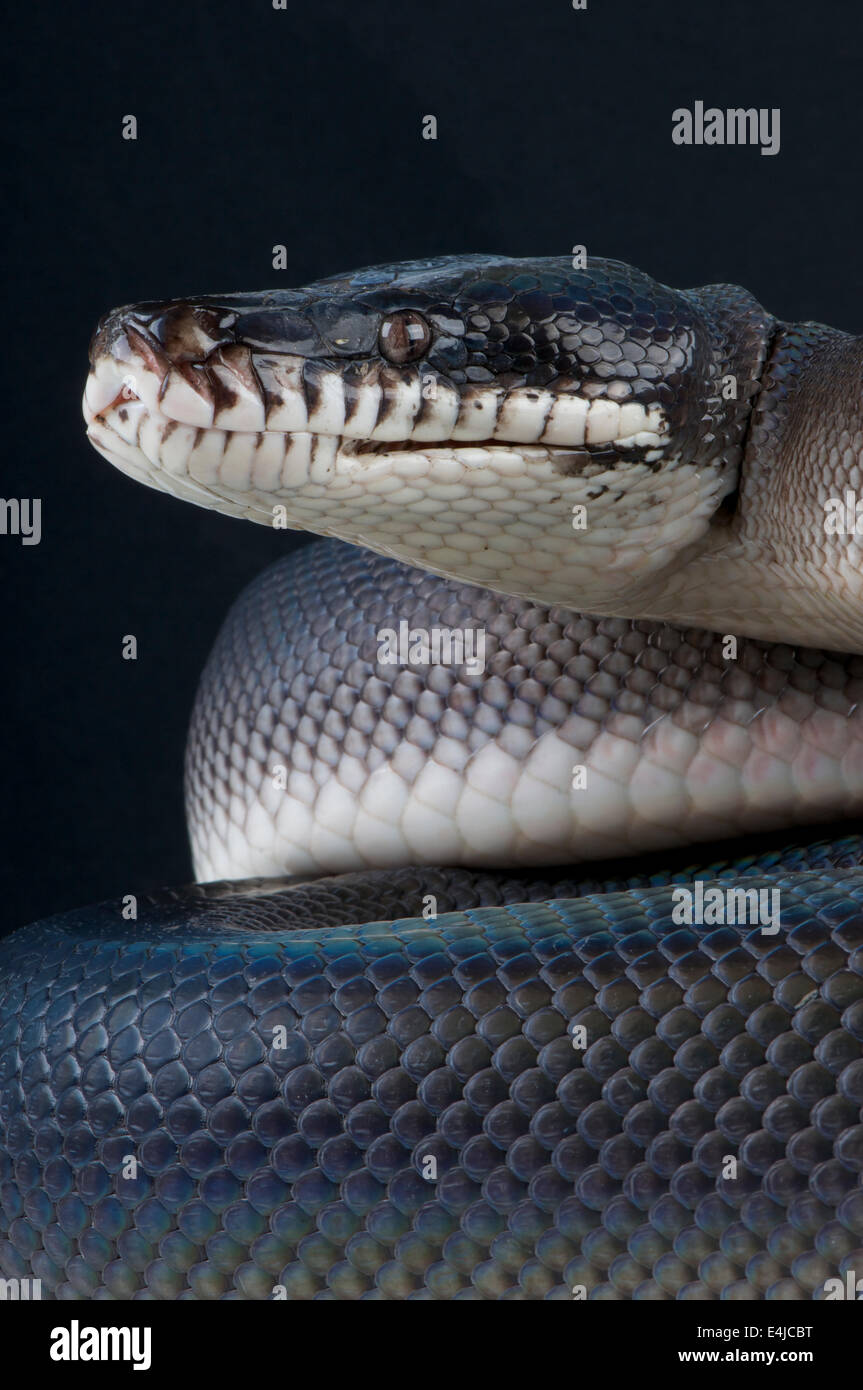

UVB lighting also decays over time, so make sure to replace your bulb every 12 months to maintain its performance.ĭue to their equatorial origin, white-lipped pythons should receive roughly 12 hours of light year-round. Make sure that the fixture your UVB bulb is in does not have a clear plastic or glass bulb cover, as these materials block UVB. The UVB bulb should be roughly half the length of the enclosure and housed in a reflective fixture such as Arcadia or Vivarium Electronics, and placed close to the heat lamp on the warm side of the enclosure. Here are the best UVB bulbs and their appropriate basking distances for white-lipped pythons: UVB gives reptiles all of the vitamin D that their bodies need, stimulates better appetite and activity, and generally allows them to be healthier than they would be without. White-lipped pythons are capable of surviving without access to UVB lighting, but it’s still best practice to provide UVB to promote optimal health and wellbeing. For the snake’s comfort, this enclosure should be front-opening and have opaque sides.Ĭohabitation (keeping multiple white-lipped pythons in one enclosure) is not recommended, as this is not a social species.

This is, of course, just the minimum, and larger is likely to be both appreciated and well used. Given their maximum adult size and semi-arboreal nature, the minimum appropriate enclosure for a white-lipped python must measure 7’L x 3’W x 4’H. White-lipped pythons are extremely active snakes, and need plenty of room to stretch out and explore. How much space do white-lipped pythons need? Temperament and lifespan are likely to be optimized when the animal is captive-bred rather than a wild-caught import.
White lipped python how to#
But what really makes this species stand out is its stunning iridescence in sunlight.Īlthough white-lipped pythons have something of a fearsome reputation, they can make vibrant pets for advanced-level keepers who know how to care for them properly. The head is black with gray eyes, a white lower jaw, and alternating black and white stripes on the lips. Coloring is dark brown on top, golden on the sides, and white underneath. White-lipped pythons grow to 5-7’ long, with a slender but robust body, rectangular head, vertical pupils, and heat pits on the upper and lower jaws. They prefer a forested habitat, often close to a body of water. White-lipped pythons ( Leiopython albertisii ) are medium-large, semi-arboreal, nocturnal snakes native to northern New Guinea.


 0 kommentar(er)
0 kommentar(er)
